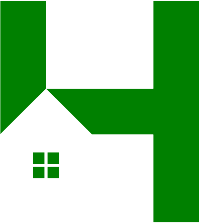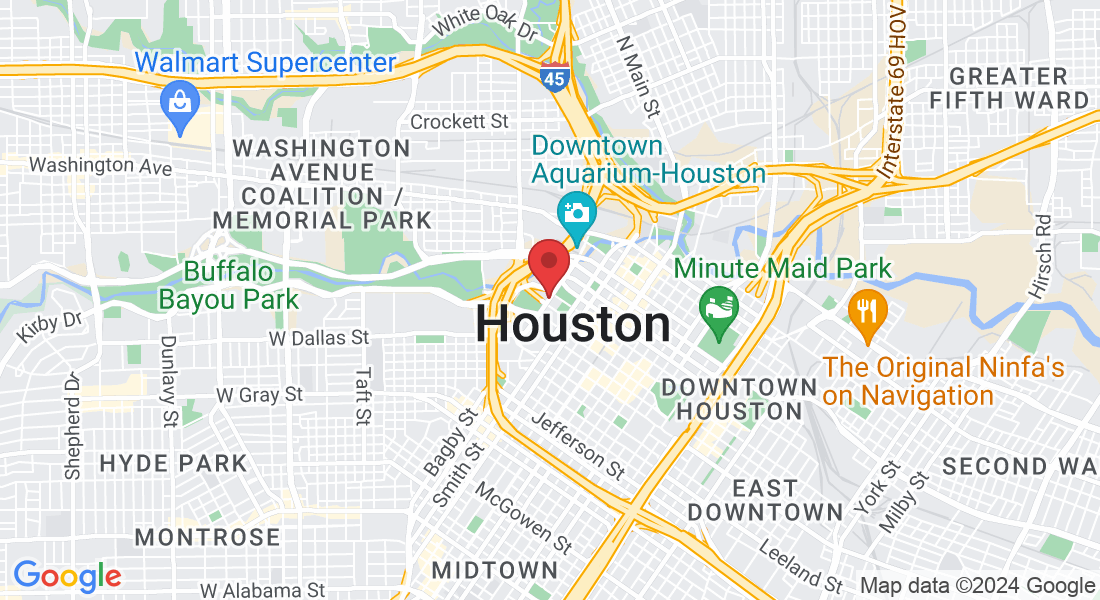Call For A FREE Estimate!
Full Service Concrete
Decorative concrete
Decorative concrete is a versatile and innovative material that offers endless possibilities for enhancing the aesthetic appeal of indoor and outdoor spaces. It involves the application of specialized techniques to transform standard concrete surfaces into works of art that mimic the appearance of natural stone, brick, tile, or even wood, while offering durability and longevity. One of the most common decorative concrete applications is stamped concrete, where patterns and textures are imprinted onto freshly poured concrete to create the look of various materials.
Key Features
Versatility:
Decorative concrete is highly versatile, offering endless design possibilities to suit various architectural styles and personal preferences.
It can be customized to mimic the appearance of natural materials such as stone, brick, tile, or wood, providing a cost-effective alternative without compromising on aesthetics.
Durability:
Decorative concrete is exceptionally durable, able to withstand heavy foot traffic, UV exposure, moisture, and extreme weather conditions.
It is resistant to cracking, fading, and staining, making it a long-lasting and low-maintenance option for both indoor and outdoor applications.
Cost-Effectiveness:
Compared to traditional paving materials such as natural stone or brick, decorative concrete offers a more affordable alternative without sacrificing style or quality.
It requires minimal maintenance and upkeep over its lifespan, saving homeowners time and money on repairs and replacements.
Customization:
Decorative concrete can be customized to suit individual preferences, with options for choosing colors, patterns, textures, and finishes to create unique and personalized designs.
Various techniques such as stamping, staining, engraving, and scoring allow for limitless creativity and customization possibilities.
Benefits
Decorative concrete offers a plethora of benefits that make it a highly desirable choice for enhancing the aesthetic appeal and functionality of indoor and outdoor spaces. Here are detailed descriptions of its key benefits:
Versatility: Decorative concrete offers unparalleled versatility, allowing for a wide range of design options to suit various architectural styles and personal preferences.
Durability: Decorative concrete is exceptionally durable and long-lasting, able to withstand heavy foot traffic, UV exposure, moisture, and harsh weather conditions.
Cost-Effectiveness: Compared to traditional paving materials such as natural stone or brick, decorative concrete offers a more affordable alternative without compromising on quality or aesthetics.



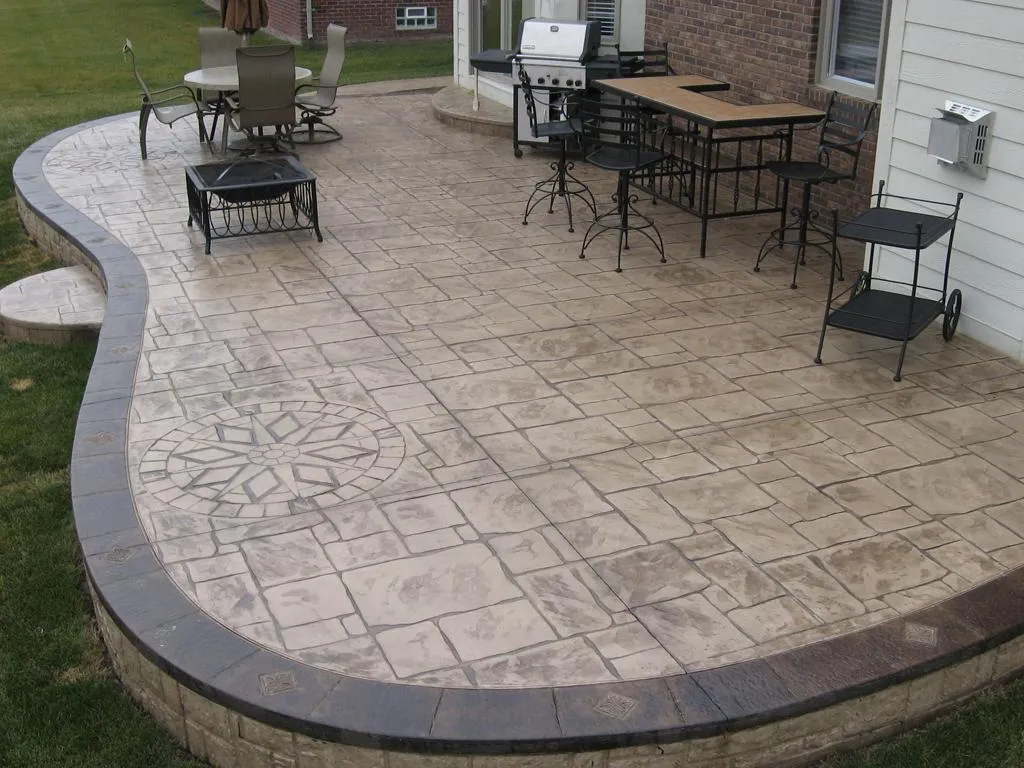
LET'S GET STARTED!
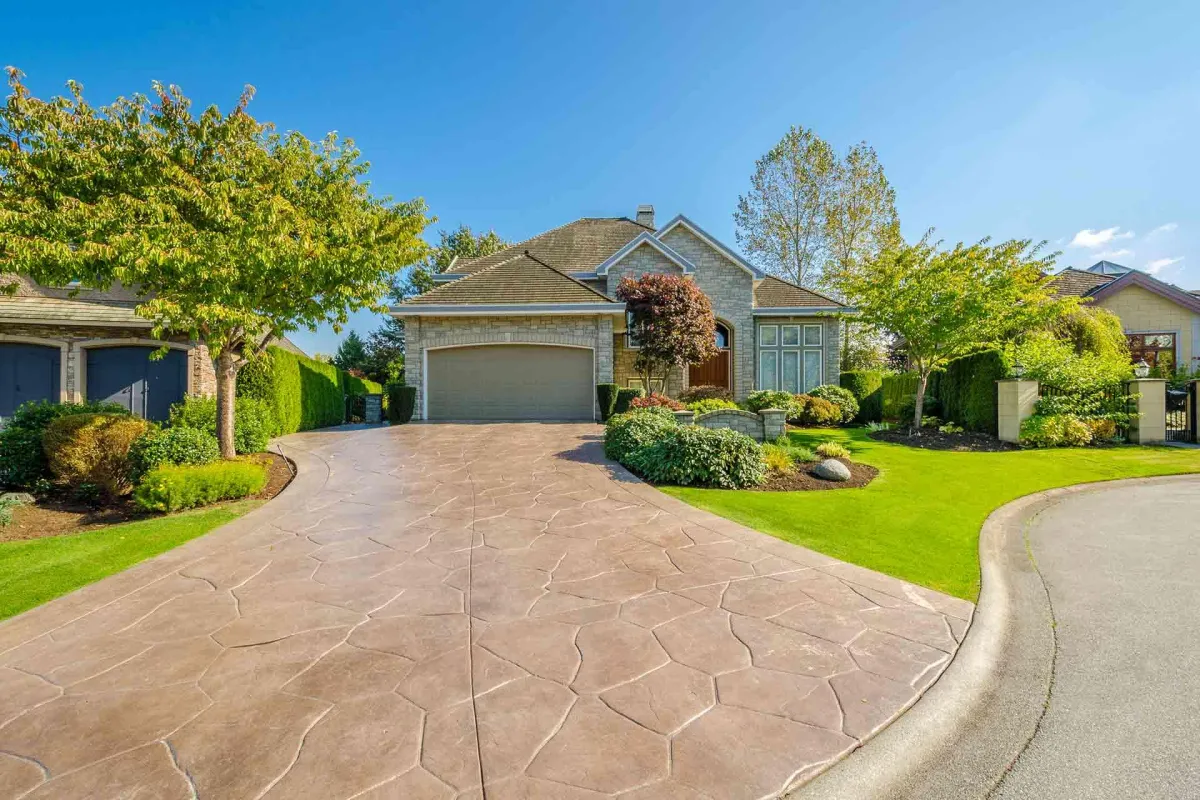

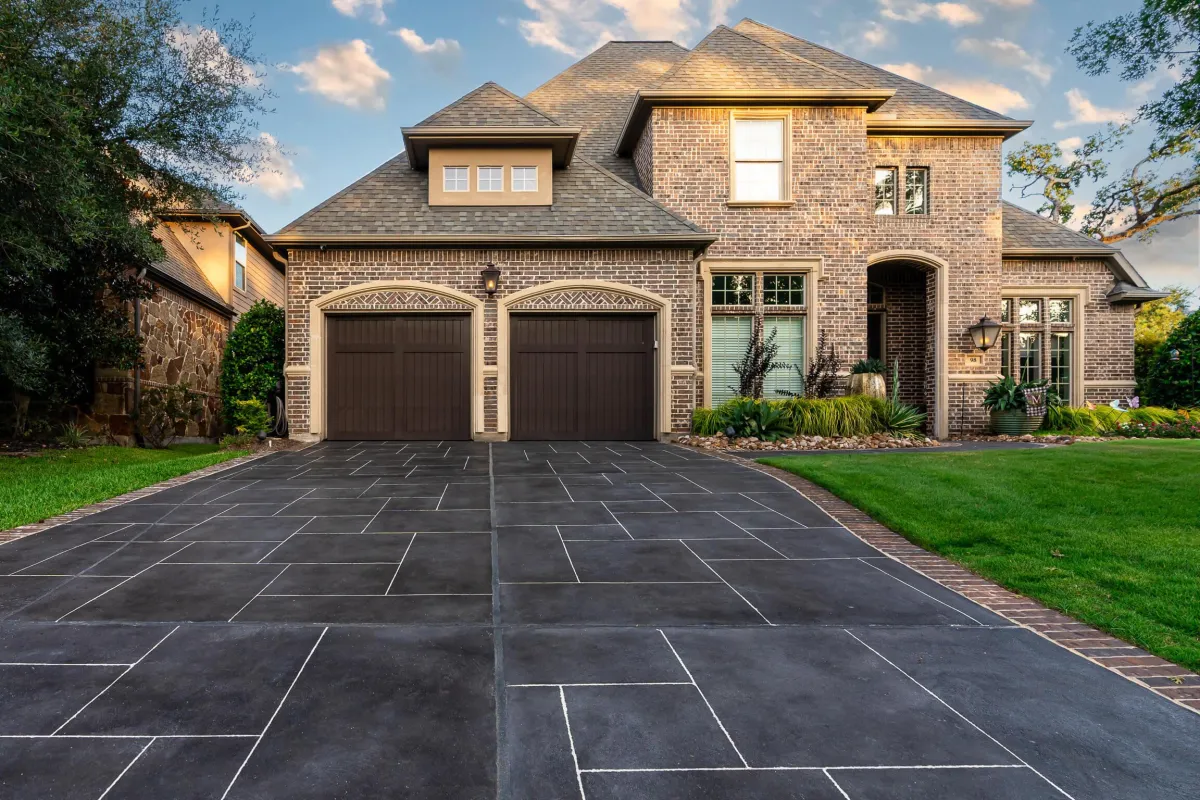
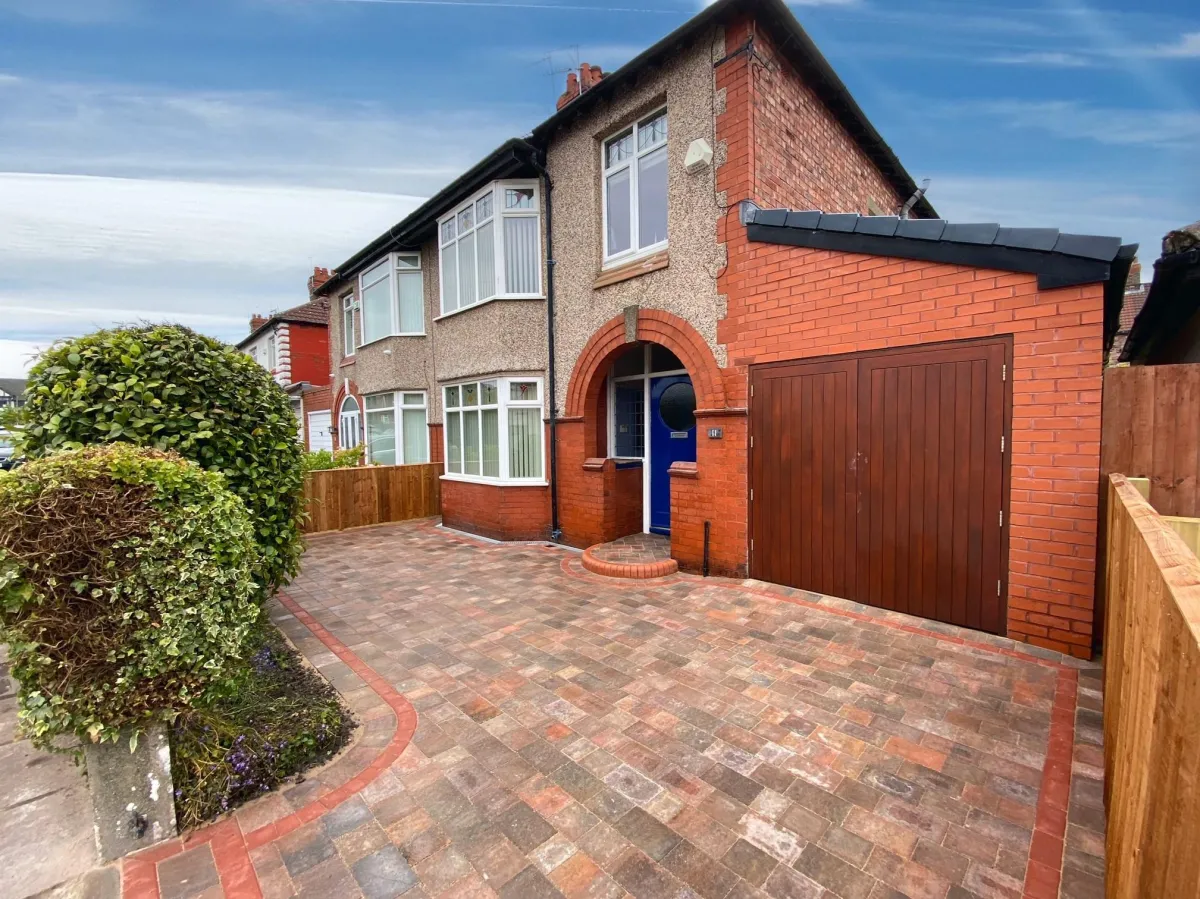
Driveways
Driveways serve as the entry point and often the focal point of a property, requiring careful consideration to ensure both functionality and aesthetic appeal. A well-designed driveway not only provides a safe and convenient access route for vehicles but also enhances the overall curb appeal of the home. Various materials can be used for driveway construction, including concrete, asphalt, gravel, pavers, and natural stone, each offering unique benefits and visual characteristics. Concrete driveways are popular for their durability, low maintenance, and versatility in design options, such as stamped patterns and stained finishes.
Key Features
Material Selection:
Choose a suitable material based on factors such as durability, climate resilience, aesthetic preferences, and budget.
Common materials include concrete, asphalt, gravel, pavers, and natural stone, each offering unique benefits and visual appeal.
Durability:
Opt for a durable material that can withstand heavy vehicle traffic, temperature fluctuations, and environmental elements.
Concrete and asphalt driveways are known for their durability and longevity when properly installed and maintained.
Maintenance Requirements:
Consider the maintenance needs of different driveway materials, including sealing, patching, and cleaning.
Materials like concrete and asphalt typically require periodic sealing and minimal maintenance, while gravel driveways may need regular regrading and replenishing.
Aesthetic Appeal:
Select a driveway material and design that complements the architectural style of the home and enhances its curb appeal.
Explore options for decorative finishes, patterns, colors, and textures to achieve the desired aesthetic effect.
Benefits
Driveways are integral parts of residential properties, offering numerous benefits beyond just providing a path for vehicles. Here are detailed descriptions of the benefits of driveways:
Vehicle Access: Driveways provide a designated area for parking vehicles, ensuring convenient and safe access to and from the property.
Curb Appeal: Well-designed driveways enhance the aesthetic appeal of a property, contributing to its overall curb appeal and first impression.
Walk ways
Walkways are essential elements of both residential and commercial properties, providing safe and convenient paths for pedestrians while enhancing the overall aesthetics of outdoor spaces. These pathways serve various purposes, from connecting different areas of a property to guiding visitors along scenic routes. When designing walkways, several key considerations come into play. Firstly, functionality is paramount, with walkways needing to provide smooth and level surfaces for safe and comfortable walking. Proper width and layout are crucial to accommodate pedestrian traffic flow and accessibility requirements, including those for individuals with mobility challenges. Additionally, materials play a significant role in the design and durability of walkways.
Key Features
Material Selection:
Choose suitable materials based on factors such as durability, aesthetics, maintenance requirements, and budget.
Common materials include concrete, brick, stone, pavers, gravel, composite decking, and natural wood, each offering unique benefits and visual appeal.
Surface Texture:
Select a surface texture that provides adequate traction to prevent slipping, especially in wet or icy conditions.
Textured materials like brushed concrete, rough stone, or textured pavers offer better grip and improve safety for pedestrians.
Width and Layout:
Ensure that walkways are wide enough to accommodate pedestrian traffic comfortably, allowing for easy passage in both directions.
Consider the layout and alignment of walkways to provide efficient routes between different areas of the property while minimizing obstacles and detours.
Accessibility:
Design walkways with accessibility in mind, ensuring they meet standards for slope, grade, and width to accommodate individuals with mobility challenges, including those using wheelchairs or mobility aids.
Incorporate features such as ramps, curb cuts, and handrails to enhance accessibility and promote inclusivity.
Benefits
Walkways offer a range of benefits that contribute to the functionality, safety, and visual appeal of outdoor spaces. Here are detailed descriptions of the benefits of walkways:
Safety:
Walkways provide designated paths for pedestrians, separating them from vehicular traffic and reducing the risk of accidents and collisions.
Properly designed walkways incorporate features such as smooth surfaces, adequate lighting, and clear signage to enhance safety and guide pedestrians along the intended route.
Accessibility:
Well-designed walkways accommodate individuals of all ages and abilities, including those with mobility challenges, by providing level surfaces, gentle slopes, and clear pathways.
Convenience:
Walkways offer convenient and direct access between different areas of a property, such as from the driveway to the front entrance, from the house to the garden, or between outdoor amenities.
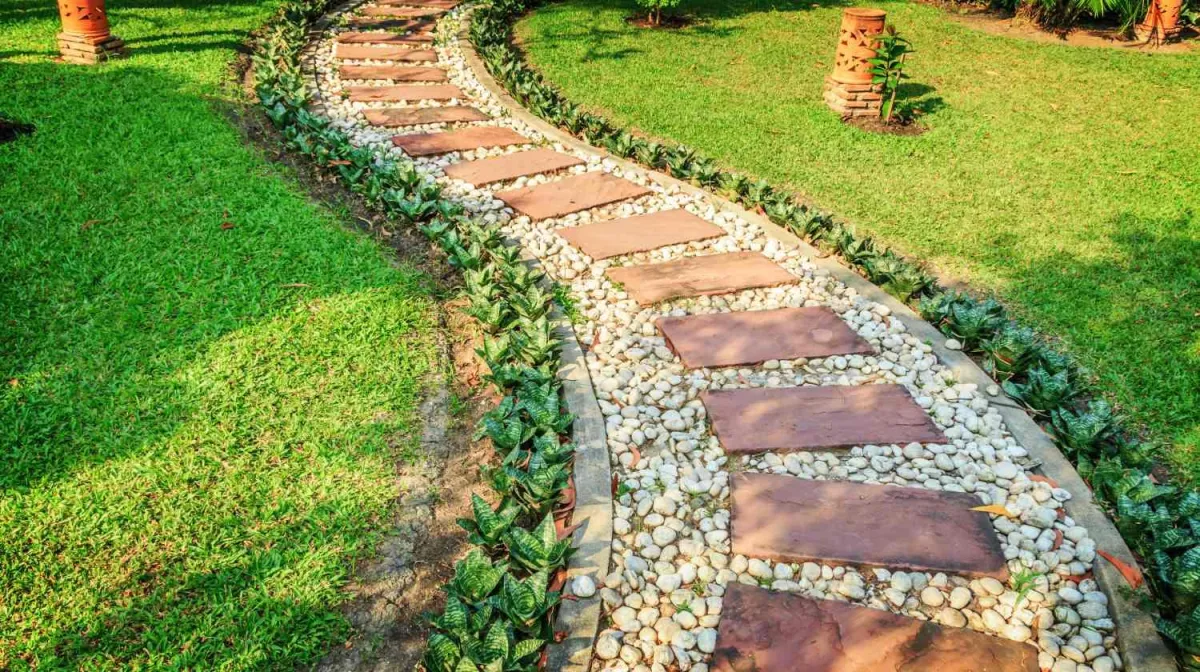
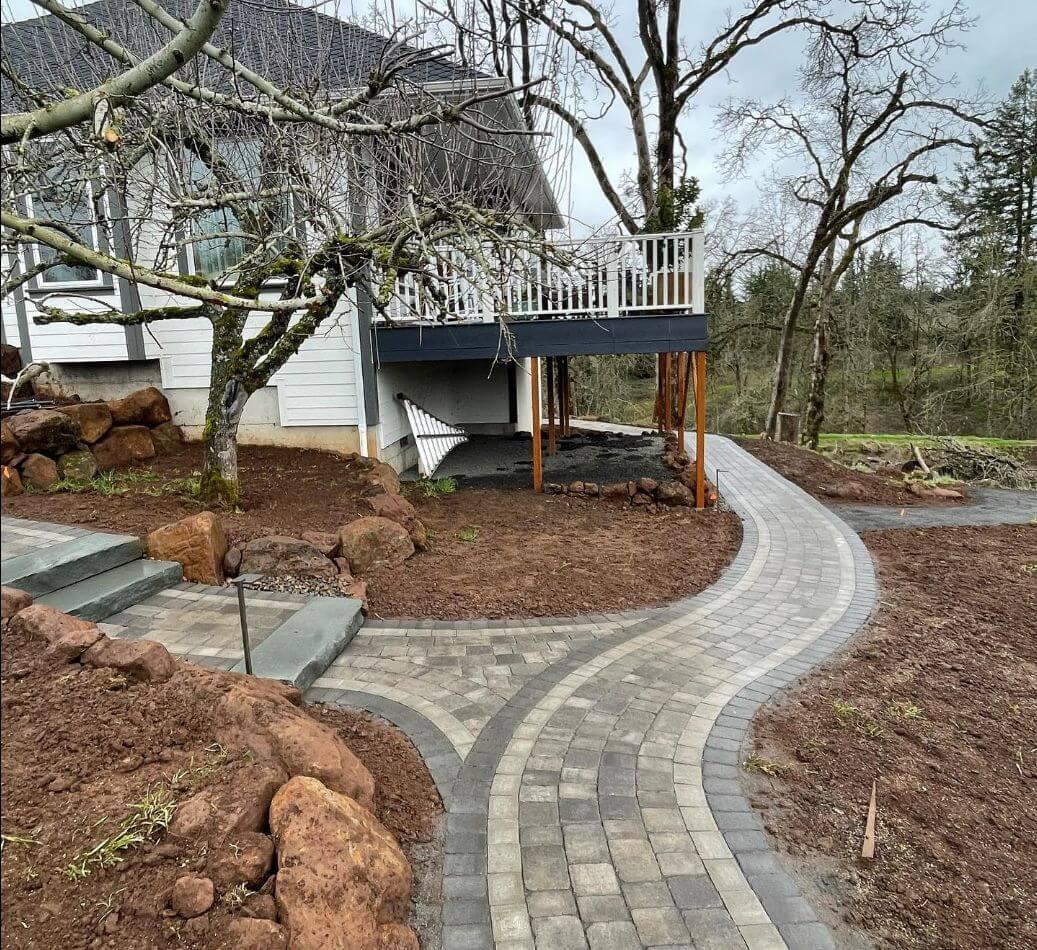
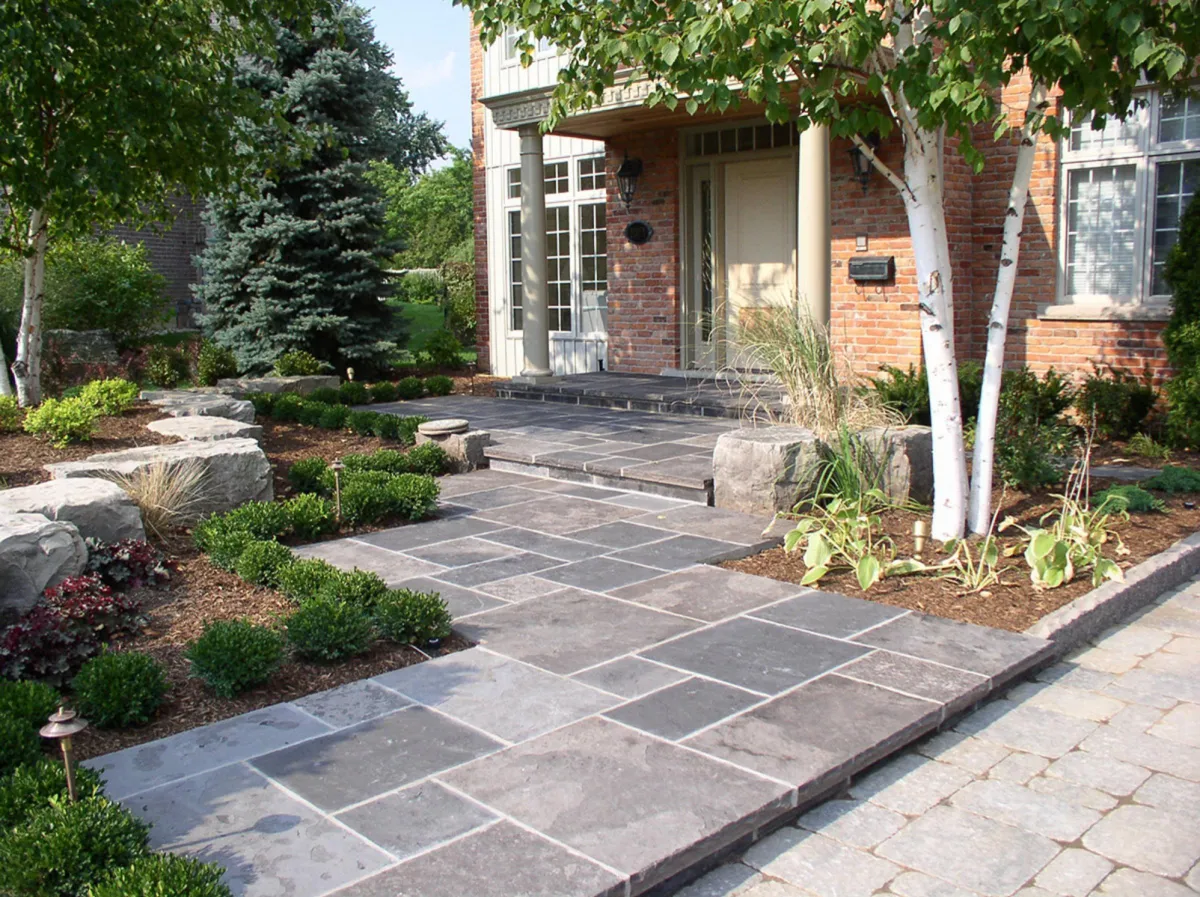


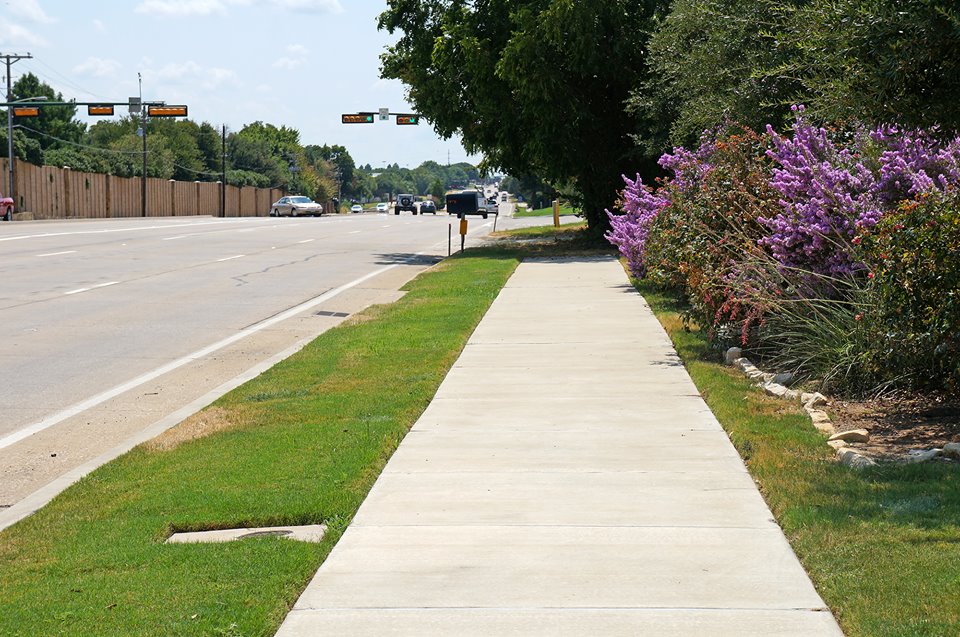


Side walks
Sidewalks are essential components of urban and suburban environments, providing safe and accessible pathways for pedestrians to navigate through communities. These pedestrian walkways serve numerous purposes, facilitating daily activities such as walking, jogging, commuting, and accessing public amenities. Sidewalks are typically constructed alongside roadways, separating pedestrians from vehicular traffic and ensuring their safety. They are designed with specific features to enhance functionality and usability, including smooth surfaces, level grades, and proper drainage systems to accommodate foot traffic in various weather conditions
Key Features
Width:
Sidewalks should be wide enough to accommodate pedestrian traffic comfortably, allowing for individuals to walk side by side or pass each other safely.
Standard sidewalk widths typically range from 4 to 6 feet, but wider sidewalks may be necessary in areas with high foot traffic or where pedestrians share the space with cyclists.
Surface Texture:
Choose a surface texture that provides adequate traction to prevent slipping, especially in wet or icy conditions.
Textured surfaces such as broom-finished concrete or textured pavers offer better grip and improve safety for pedestrians.
Smoothness:
Ensure that sidewalks have smooth and even surfaces to provide a comfortable walking experience for pedestrians, including those with mobility aids or strollers.
Minimize bumps, gaps, or uneven transitions between sections to prevent tripping hazards and improve accessibility.
Grade and Slope:
Sidewalks should have gentle slopes and grades to facilitate drainage and ensure accessibility for individuals with disabilities.
Ensure that sidewalks are designed with appropriate cross slopes and curb ramps to accommodate wheelchair users, strollers, and other mobility aids.
Benefits
Sidewalks offer a multitude of benefits that contribute to the safety, accessibility, and livability of urban and suburban environments. Here are detailed descriptions of the benefits of Sidewalks:
Safety: Sidewalks provide designated paths for pedestrians, separating them from vehicular traffic and reducing the risk of accidents and collisions.
Accessibility: Well-designed sidewalks accommodate individuals of all abilities, including those using wheelchairs, walkers, strollers, or mobility aids.
Concrete overlay
concrete overlay is a versatile and cost-effective solution for transforming existing concrete surfaces into visually appealing and durable spaces. This technique involves applying a thin layer of specialized concrete or polymer-modified overlay material over the existing concrete substrate, creating a fresh surface that can mimic the look of various materials such as natural stone, brick, tile, or wood. Concrete overlays offer numerous advantages, including the ability to cover imperfections, cracks, and discolorations in the original concrete, resulting in a smooth and uniform finish.
Key Features
Versatility:
Concrete overlays are highly versatile and can be applied to a variety of existing concrete surfaces, including driveways, patios, walkways, pool decks, and interior floors.
They can mimic the appearance of various materials such as natural stone, brick, tile, or wood, providing endless design possibilities to suit any style or aesthetic preference.
Durability:
Concrete overlays are highly durable and resistant to wear, abrasion, UV exposure, and weathering, making them suitable for both interior and exterior applications.
They can withstand heavy foot traffic, vehicular traffic, and exposure to harsh environmental conditions, ensuring long-lasting performance and minimal maintenance requirements.
Customization:
Concrete overlays offer the flexibility to customize colors, textures, patterns, and decorative effects to achieve the desired aesthetic.
They can be stamped, stained, textured, or engraved to create unique and personalized designs that complement the surrounding environment and architectural style.
Surface Preparation:
Concrete overlays require proper surface preparation, including cleaning, etching, and priming, to ensure optimal adhesion and performance.
Surface imperfections, cracks, and blemishes in the existing concrete substrate can be repaired or covered up, resulting in a smooth and uniform finish.
Benefits
Concrete overlays provide a range of benefits that make them a popular choice for enhancing the appearance, durability, and functionality of existing concrete surfaces. Here are detailed descriptions of the benefits of concrete overlays:
Aesthetic Enhancement:
Concrete overlays offer endless design possibilities, allowing property owners to refresh and rejuvenate worn-out concrete surfaces with a fresh and updated look.
They can mimic the appearance of various materials such as natural stone, brick, tile, or wood, providing versatility in design to suit any style or aesthetic preference.
Surface Restoration:
Concrete overlays provide an effective solution for repairing and covering up surface imperfections, cracks, stains, and blemishes in existing concrete substrates.

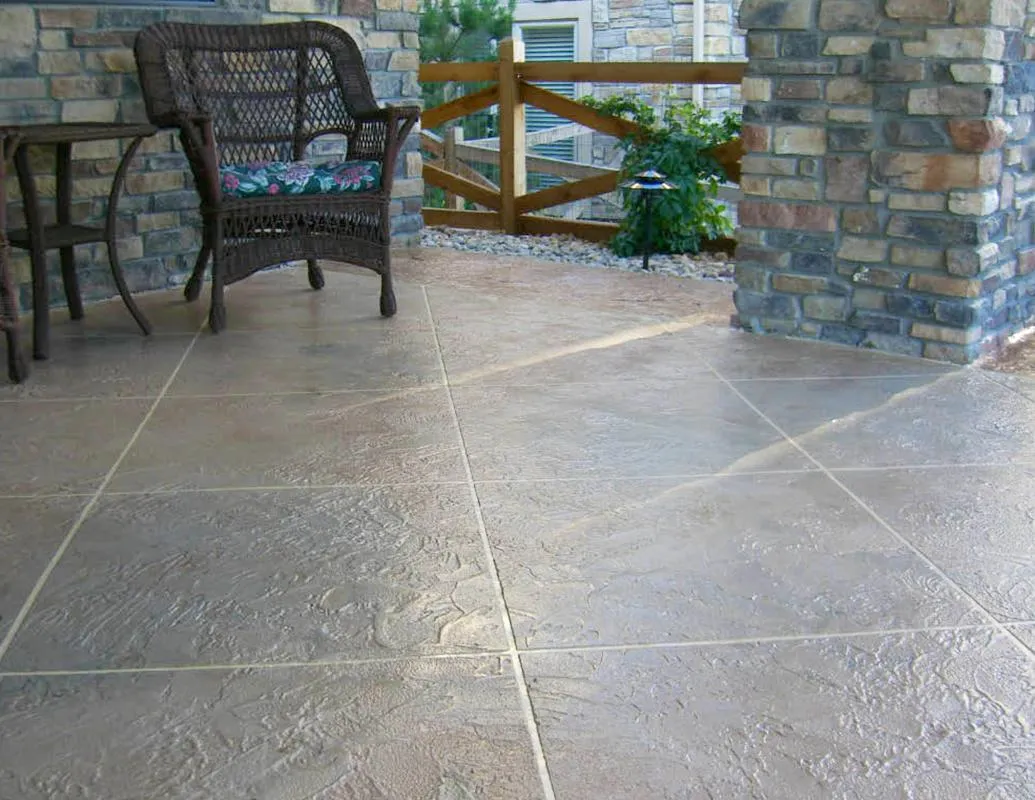
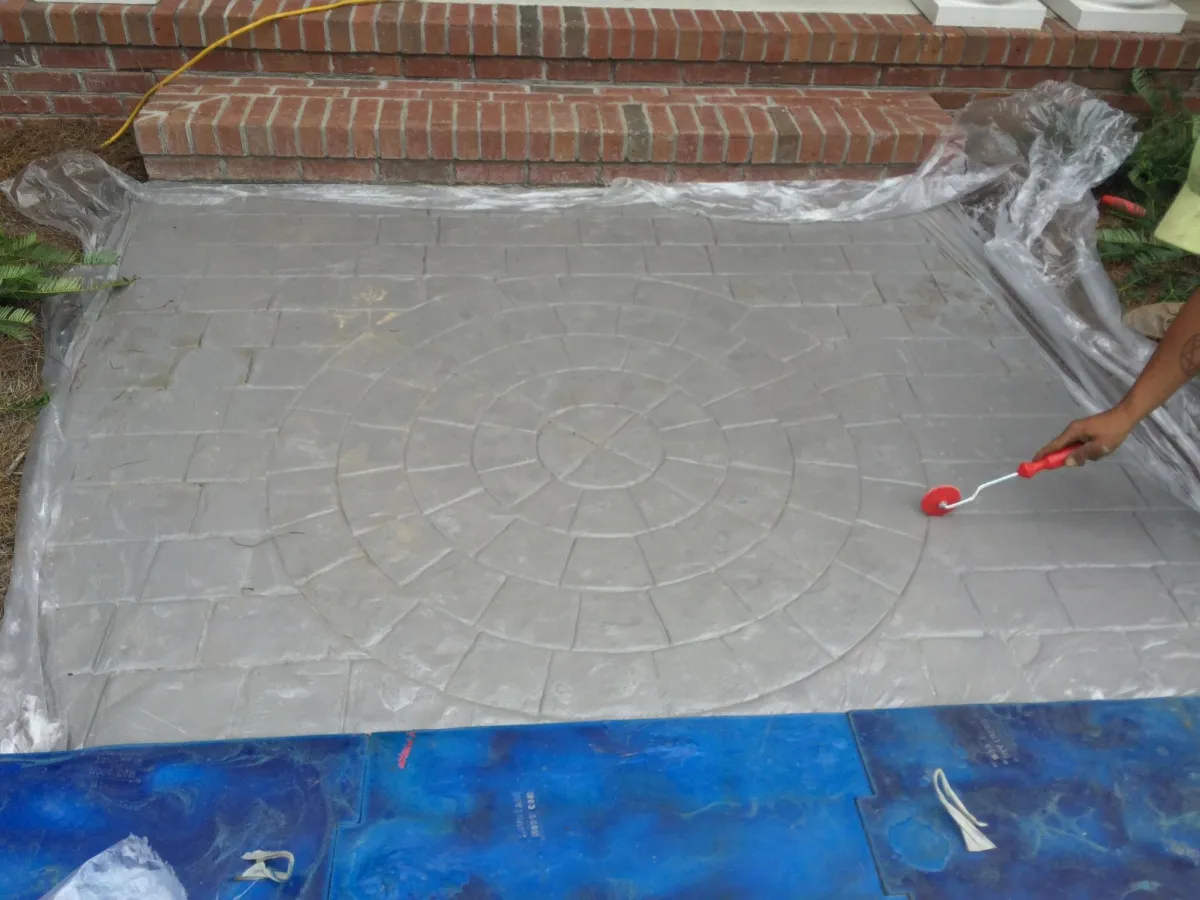


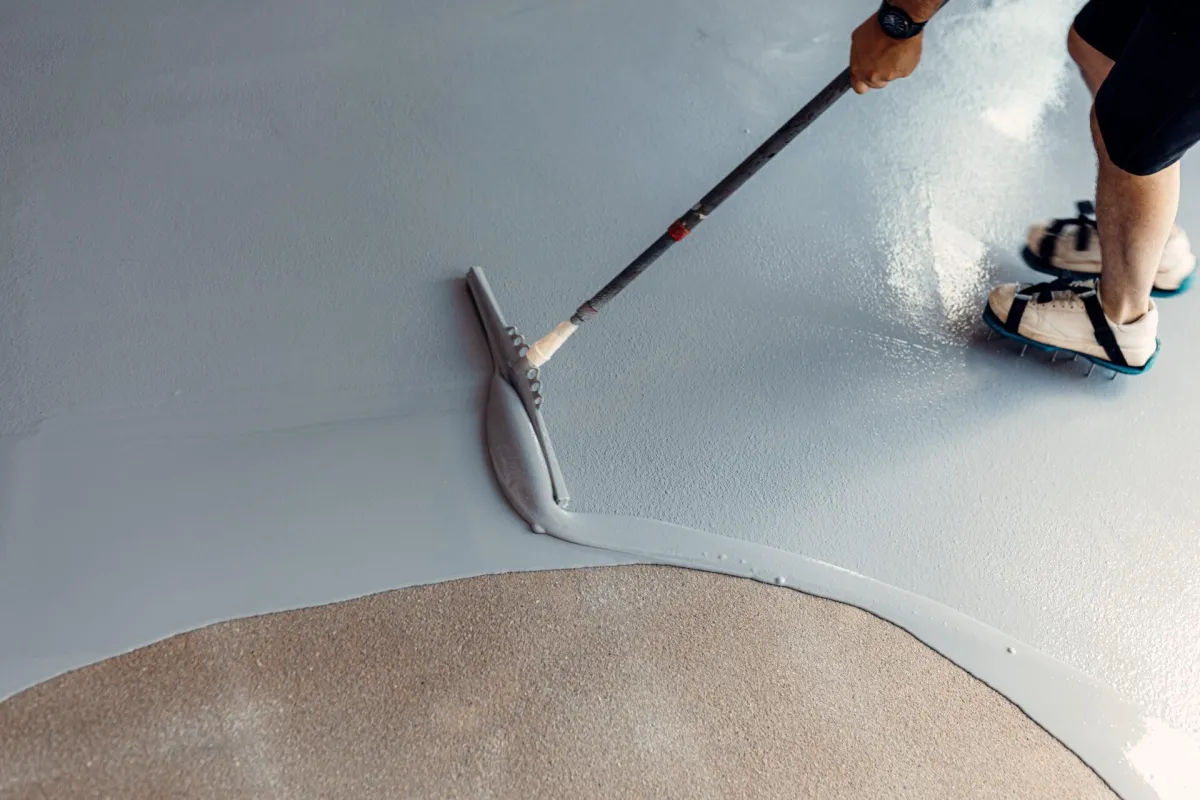
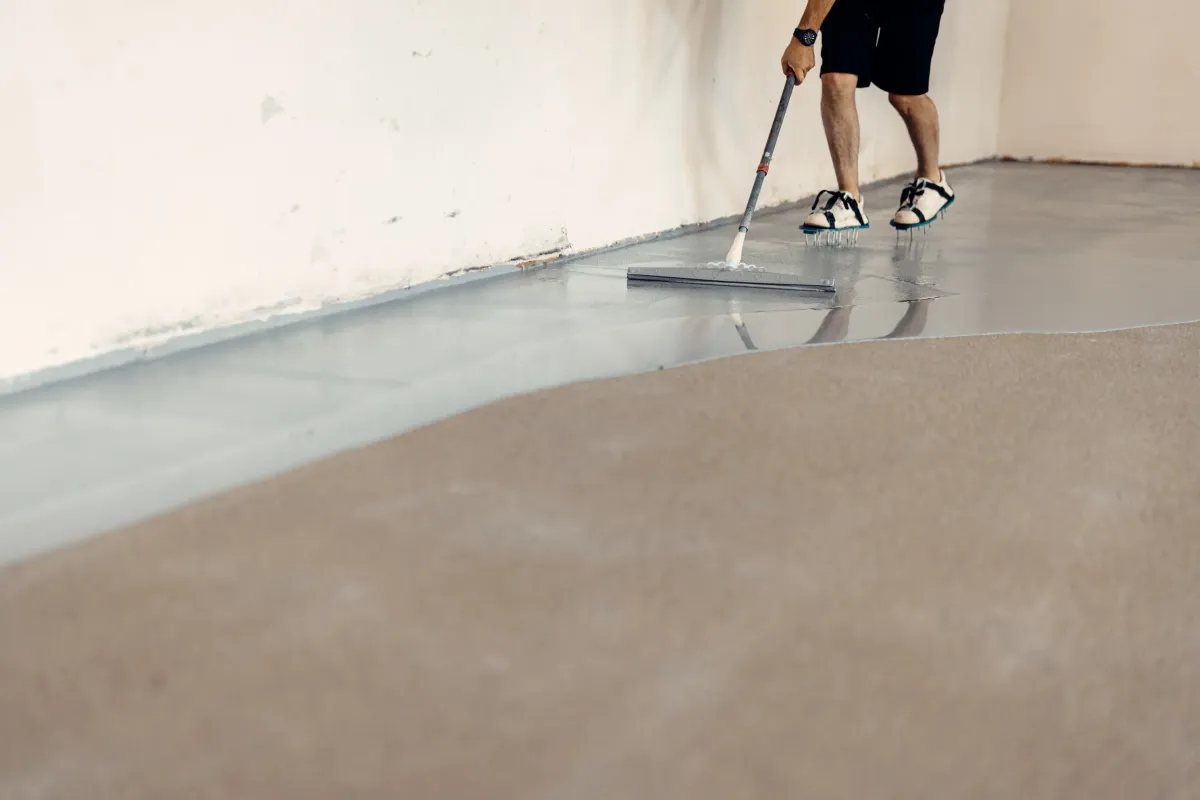

Epoxy
Epoxy is a versatile and durable material that is widely used in various industries and applications for its exceptional strength, adhesion, and chemical resistance properties. Composed of resins and hardeners, epoxy forms a tough and resilient polymer when mixed together, making it ideal for a wide range of surface coatings, adhesives, and structural repairs. In flooring applications, epoxy coatings are prized for their ability to create seamless, smooth, and durable surfaces that withstand heavy foot traffic, abrasion, impacts, and chemical spills. Epoxy flooring systems offer customizable options for colors, finishes, textures, and decorative effects, allowing for endless design possibilities to suit any aesthetic preference or functional requirement.
Key Features
Exceptional Strength:
Epoxy exhibits exceptional bonding strength, both to itself and to various substrates, providing reliable adhesion and structural integrity.
It forms a strong and durable polymer when cured, offering excellent resistance to impacts, abrasion, and mechanical stress.
Chemical Resistance:
Epoxy is highly resistant to chemicals, including acids, solvents, oils, and harsh cleaning agents, making it suitable for use in environments where exposure to chemicals is common.
Its chemical resistance properties make epoxy ideal for flooring in industrial settings, laboratories, and chemical processing facilities.
Versatility:
Epoxy is a versatile material that can be tailored to meet specific application requirements, offering customizable options for formulations, curing times, and physical properties.
It can be applied in various forms, including coatings, adhesives, sealants, grouts, and fillers, to suit different needs and applications.
Durability:
Epoxy coatings and adhesives are known for their durability and longevity, providing long-lasting protection and performance in demanding environments.
They withstand exposure to UV radiation, moisture, temperature fluctuations, and other environmental factors without degrading or deteriorating.
Benefits
Epoxy coatings and adhesives offer a multitude of benefits across various applications, ranging from flooring and construction to automotive, marine, and industrial sectors. Here are detailed descriptions of the key benefits of epoxy:
Cost-Effectiveness: Epoxy coatings and adhesives provide a cost-effective solution for protecting, repairing, and enhancing surfaces, offering significant savings on materials, labor, and maintenance costs over their lifespan.
Environmental Sustainability: Many epoxy formulations are available in low VOC (volatile organic compound) options, reducing emissions and environmental impact while promoting indoor air quality.
HOUSTONS TOP CONSTRUCTION COMPANY
WHY CHOOSE US

20 PLUS YEARS OF EXPERIENCE
Habitar Construction is a family-owned company serving the Houston area with specialized construction expertise for the last 22 years.

Customer Satisfaction
We prioritize customer satisfaction by ensuring exceptional service, quality craftsmanship, and responsive support. Our goal is to exceed expectations and deliver results.

One stop shop
As a proud full-service construction company, we offer the convenience of “one-stop shopping". Whether it's indoor or outdoor, we can help!
Service Areas
Cypress
Katy
The Woodlands
Fulshear
And more !
Copyright © Habitator Construction Inc. 2024. All Rights Reserved. Privacy Policy. Terms & Conditions.
